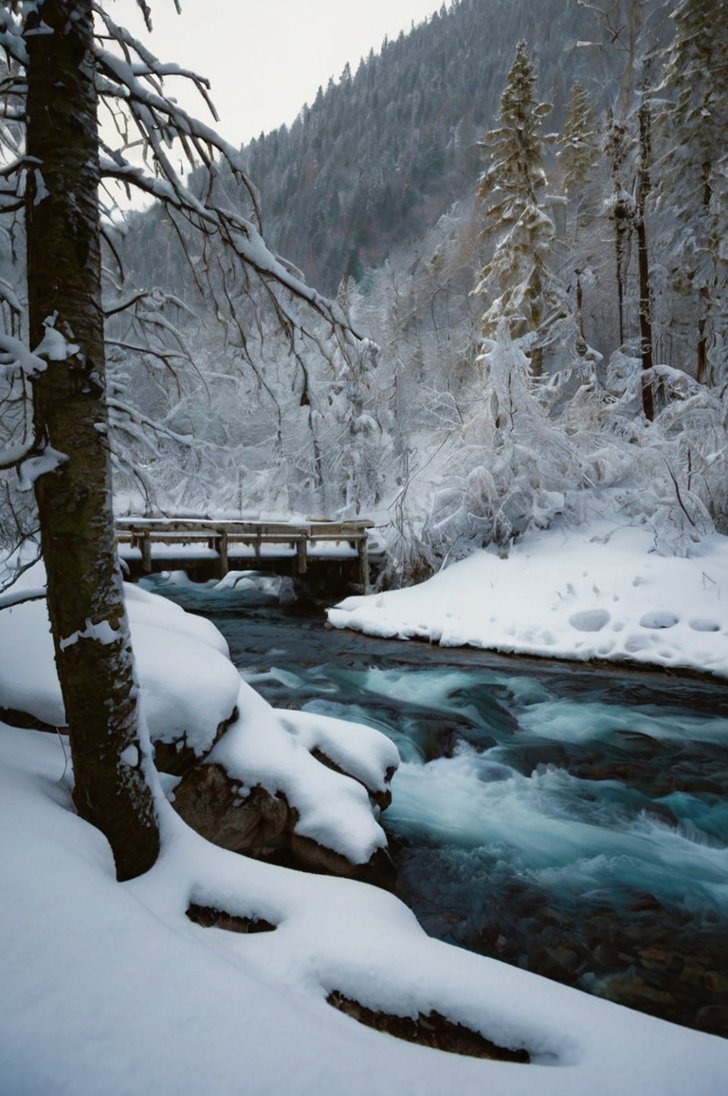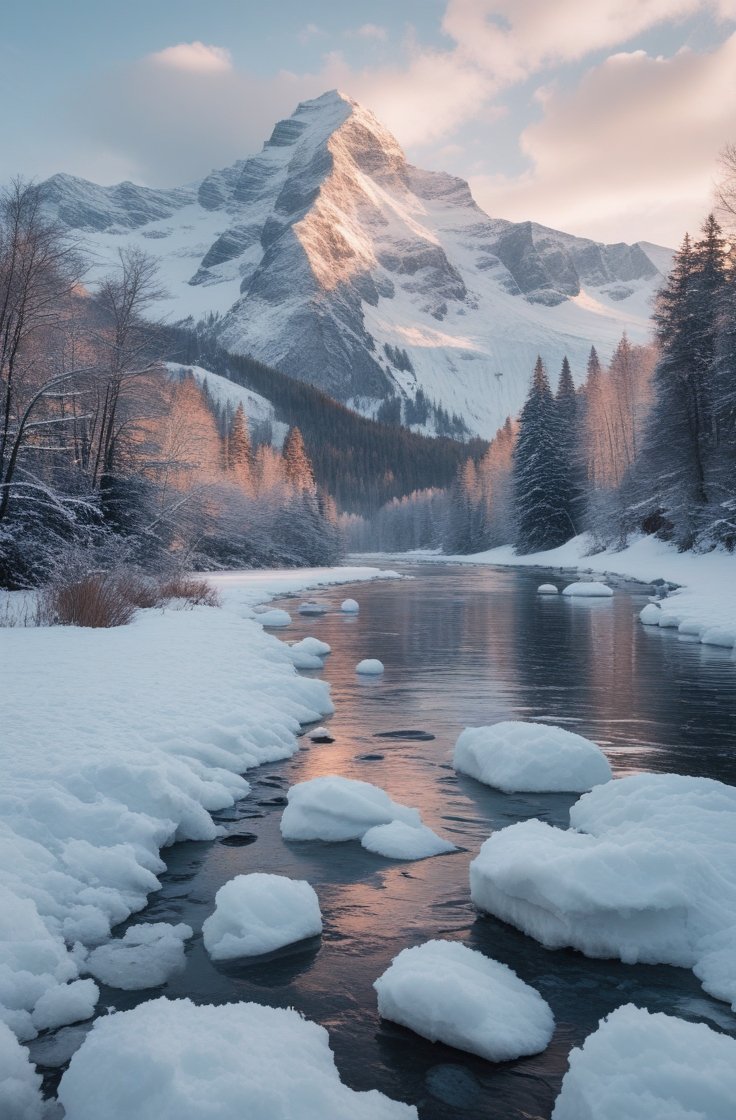Witness the Magic: Exploring the Multi-Colored Aurora Borealis in Iceland
April 27, 2025 | by alwaled

Introduction to the Aurora Borealis
The aurora borealis, commonly referred to as the Northern Lights, is a breathtaking natural phenomenon that graces the polar regions, captivating all who are fortunate enough to witness it. This stunning display of colorful lights in the night sky is a result of solar wind interactions with the Earth’s magnetic field and atmosphere. When charged particles emitted by the sun collide with gases in the Earth’s atmosphere—primarily oxygen and nitrogen—they create beautiful shimmering hues that can range from vibrant greens to deep purples and reds.
The science behind the aurora borealis is fascinating. As solar particles travel towards Earth, they are funnelled toward the polar regions by the planet’s magnetic field. When these particles collide with atmospheric molecules, the excess energy released during these interactions produces the visible light associated with auroras. The variation in colors is primarily dependent on the type of gas involved; for example, oxygen at higher altitudes can emit red and purple shades, while lower altitudes often produce greens. This intricate ballet of light and color plays out in waves, arcs, and sometimes spirals across the sky, creating a spectacle that is both mesmerizing and ethereal.




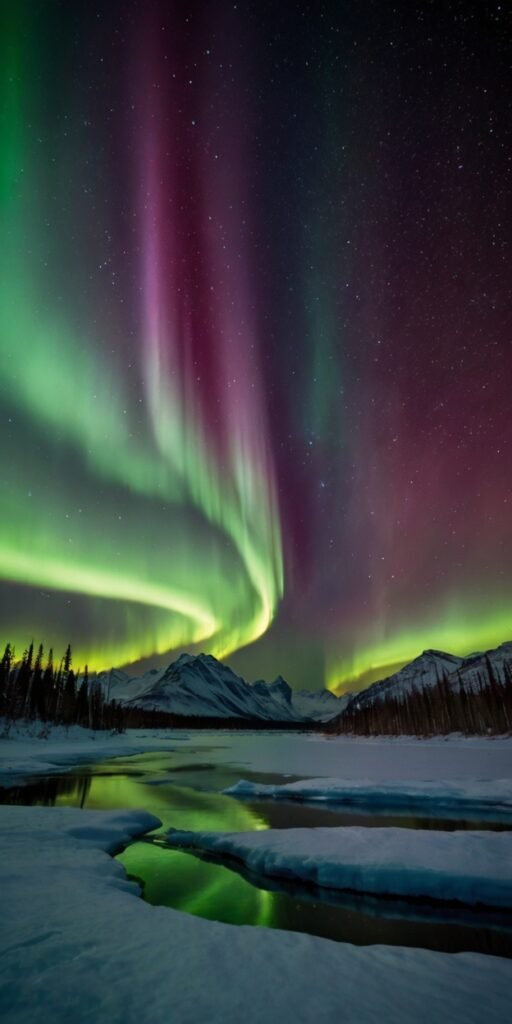



Iceland offers one of the premier locations for observing this natural wonder due to its geographical position near the Arctic Circle and its relatively low light pollution. The dark winter nights are often illuminated by this celestial dance, attracting visitors from around the world who seek to experience the magic of the aurora borealis firsthand. The interplay of Iceland’s rugged landscapes with the vibrant lights creates an unforgettable experience, solidifying the Northern Lights as a must-see phenomenon for travelers and nature enthusiasts alike.






Why Iceland is the Perfect Spot for Aurora Viewing
Iceland’s exceptional geographical location provides a unique advantage for those hoping to witness the breathtaking spectacle of the aurora borealis. Situated just below the Arctic Circle, the country is ideally positioned within the auroral oval, a region where the northern lights are most frequently visible. This prime location significantly increases the likelihood of catching a glimpse of this natural phenomenon, especially during the winter months when long nights dominate the landscape.
Another crucial factor contributing to Iceland’s prestige as a premier aurora viewing destination is the low levels of light pollution in many areas. The remote and rugged terrain of the Icelandic countryside allows for expansive dark skies, creating an optimal canvas for the vibrant colors of the aurora borealis to dance across. Regions such as Thingvellir National Park, the Snaefellsnes Peninsula, and the areas surrounding Akureyri offer some of the clearest views away from urban light, considerably enhancing the experience for travelers and photographers alike.



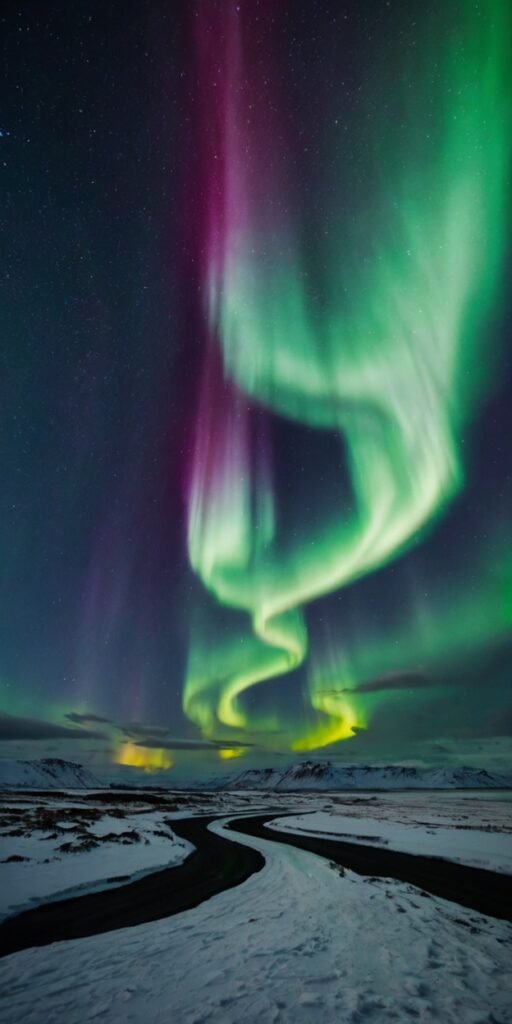


The best time for witnessing the aurora borealis in Iceland typically spans from late September through early April. During these months, the long nights coupled with clearer skies provide an ideal atmosphere for aurora enthusiasts. The peak viewing times often occur around the winter solstice, where darkness blankets the land for nearly 24 hours. Moreover, advances in meteorological science allow visitors to track solar activity and weather conditions, providing valuable insight that can further increase the chances of witnessing this incredible phenomenon.
With its optimal location, minimal light pollution, and favorable climatic conditions, Iceland remains a beacon for those in pursuit of the enchanting aurora borealis. The combination of these elements cultivates an unparalleled experience that captivates visitors and nature lovers alike.








Best Locations to See the Aurora in Iceland
Iceland, with its unique geography and minimal light pollution, boasts some of the best viewing spots for the mesmerizing aurora borealis. One of the foremost destinations is Thingvellir National Park, approximately 40 kilometers from Reykjavik. This UNESCO World Heritage site not only features stunning landscapes but also offers several vantage points for viewing the northern lights. The park’s vastness allows for a clear, unobstructed view of the sky, making it an ideal location, especially during the winter months when the nights are long and dark.
Another prominent spot is Jökulsárlón Glacier Lagoon. Located in southeast Iceland, this breathtaking lagoon is famous for its floating icebergs and striking scenery. The reflective waters of the lagoon create an extraordinary backdrop for the aurora borealis, enhancing the dramatic visual display. Accessibility is reasonable via the Ring Road, and visitors often find this location less crowded, providing an intimate experience with nature. The combination of icy landscapes and vivid lights makes this a painter’s dream.








The Snaefellsnes Peninsula is another noteworthy location for viewing the aurora borealis in Iceland. Known for its diverse landscapes, this area features mountains, beaches, and lava fields, all set against the backdrop of the night sky. One of the highlights is the Snaefellsjökull National Park, which offers various trails and sights from which to capture the northern lights. This peninsula is accessible by road from Reykjavik, allowing for convenient exploration of numerous viewing points, both breathtaking and unique.
In these enthralling locations, the aurora borealis can be experienced in all its colorful glory. With the right conditions and minimal light interference, the northern lights can create an unforgettable spectacle across the Icelandic landscape.








What to Expect: Colors and Patterns of the Aurora
The aurora borealis, often regarded as one of nature’s most stunning light displays, showcases a breathtaking array of colors and patterns that mesmerize observers in various locations, including Iceland. When seeking out this celestial phenomenon, one can expect to witness hues ranging from vivid greens to soft pinks, purples, and occasionally even deep blues. The predominant green is typically produced by oxygen molecules located about 60 miles above the Earth. When these molecules are energized by solar winds, they emit that distinctive green glow, making it the most commonly observed color in the aurora.
However, the variety of colors does not stop at green. The pinks and reds, though rarer, are caused by higher-altitude oxygen interactions, occurring at heights above 200 miles. In contrast, the purples and blues originate from nitrogen molecules, which create stunning violet shades when struck by solar particles. The interplay of these colors generates an ever-changing display, with patterns that can shift dramatically in intensity and configuration. Viewers may notice bands, arcs, or even swirling curtains of light, each pattern revealing the dynamic nature of the aurora borealis.








Further appreciation of these colors is gained through an understanding of the solar activity that influences their appearance. The sun emits charged particles, particularly during solar storms; these particles collide with the Earth’s magnetic field, creating the dazzling light show. Therefore, those pursuing the aurora in Iceland can better anticipate their adventure by monitoring solar weather forecasts. This knowledge can enhance the aurora-seeking experience, providing insight into when the most vibrant spectacles of color may occur. As you embark on this journey, the magical display of the aurora borealis promises to captivate and inspire awe in all who witness it.






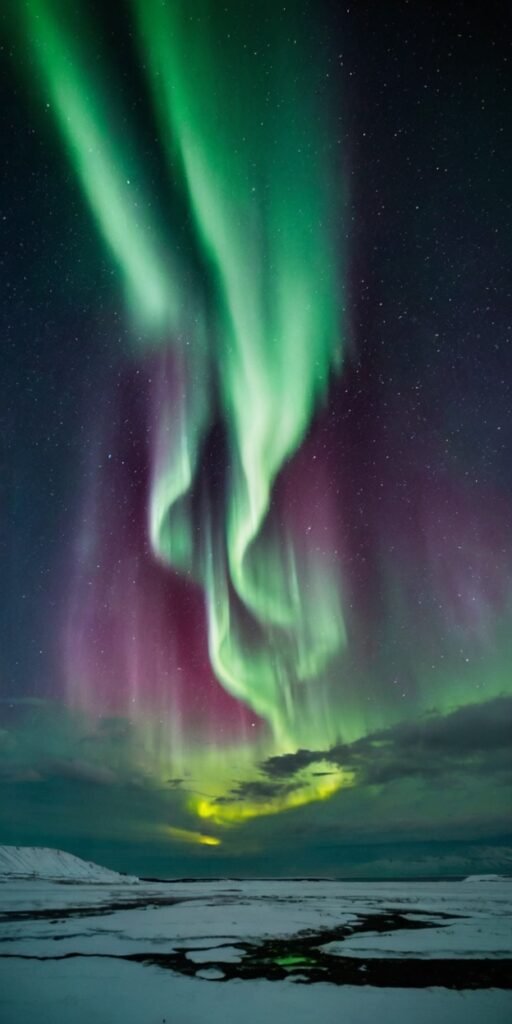

Timing Your Aurora Adventure: Best Months and Times
Experiencing the breathtaking beauty of the aurora borealis in Iceland requires careful planning and consideration of several factors. The best months for aurora viewing generally fall between September and April, with the height of aurora activity typically observed during the dark and cold winter months. During this period, extended hours of darkness provide optimal conditions for witnessing the celestial display.
Within this timeframe, the various phases of the moon play a crucial role in aurora sightings. A bright full moon can overshadow the subtle hues of the aurora borealis, so it is advisable to plan your adventure around new moon phases or when the moon is less than half full. This way, the vibrant colors of the northern lights can be more vividly appreciated against the night sky.








Weather conditions are another essential element that affects your chances of seeing the aurora. Clear, cloudless skies are ideal for viewing this natural wonder. Therefore, choosing the right time to venture out involves monitoring local weather forecasts and understanding Iceland’s rapidly changing climate. Late evenings, particularly between 9 PM and 2 AM, are considered the best times to seek out the aurora, as this is when the activity tends to peak.
Ultimately, to maximize your chances of witnessing the spectacular aurora borealis, consider venturing to areas away from urban light pollution. Locations such as Þingvellir National Park and the Snaefellsnes Peninsula are renowned for their unobstructed views. Additionally, staying flexible with your travel plans can give you the opportunity to chase clearer skies should clouds obscure your initial viewing plans.








Photography Tips for Capturing the Aurora
Capturing the mesmerizing aurora borealis is a rewarding, yet challenging, endeavor for photographers. To create stunning images of this natural phenomenon, it is crucial to understand the right camera settings and techniques that enhance the beauty of the aurora. Both beginners and experienced photographers will benefit from these tips.
First, ensure that you have a camera that allows for manual adjustments. A DSLR or mirrorless camera is ideal. Start by setting your camera to manual mode, which will give you full control over exposure, aperture, and ISO. A wide aperture (f/2.8 to f/4) is recommended to allow as much light in as possible, which is essential given the low-light conditions. Keep the ISO relatively low (around 800 to 1600) to minimize noise, but don’t hesitate to increase it if the auroras are faint.








For shutter speed, a range of 5 to 20 seconds is typically effective. The exact time will depend on the brightness and speed of the aurora; faster-moving lights may require shorter exposures to avoid blurring. It’s vital to use a sturdy tripod to eliminate any camera shake during long exposures. Additionally, consider using a remote shutter release or the timer function to further reduce vibrations.
Composition plays a significant role in photographing the aurora. Incorporating foreground elements such as trees, mountains, or water can add depth and interest to your image. Wide-angle lenses are also beneficial, as they can capture the expansive night sky and the breathtaking colors of the auroras. Lastly, practice post-processing techniques to enhance your images further. Programs like Adobe Lightroom and Photoshop can help in adjusting exposure, contrast, and vibrancy, making your aurora photographs truly stand out.








Cultural Significance and Folklore Surrounding the Aurora
The aurora borealis, often referred to as the Northern Lights, holds a profound place in Icelandic culture and folklore. For centuries, this stunning natural phenomenon has inspired a myriad of stories and beliefs that reflect the imagination and spirituality of the Icelandic people. In traditional narratives, the lights were often seen as manifestations of the spirits of the ancestors, guiding the living and providing protection during long, dark winters.
One prominent belief among the Icelandic population was that the aurora borealis could influence childbirth. It was thought that pregnant women who witnessed the lights would have an easier delivery, while those who did not might face difficulties. This belief imbued the aurora with a sense of reverence and significance, entwining it with the community’s health and well-being.




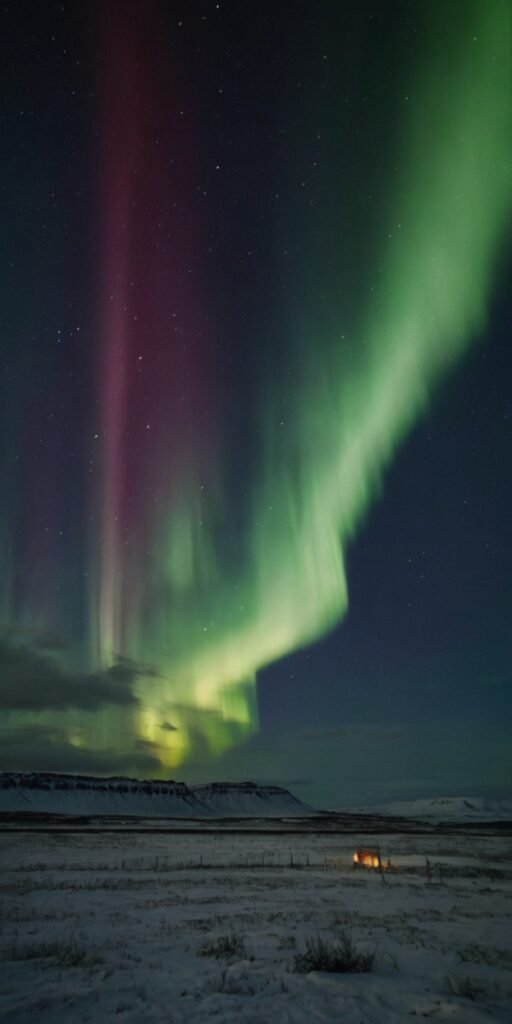



Icelandic mythology also attributes various interpretations to the aurora. Some legends suggest that the lights are the reflections of the Valkyries, warrior maidens serving Odin, as they lead fallen soldiers to Valhalla. This connection to their divine role imbues the aurora with a sacred quality, linking it to themes of honor, valor, and the afterlife. Additionally, some folktales describe the lights as a playful dance of elves and spirits in the sky, inviting awe and wonder that continue to enchant visitors today.
Moreover, modern Icelanders often celebrate the natural spectacle with festivals and community gatherings, highlighting the ongoing relevance of the aurora in cultural life. The aurora borealis serves as a reminder of Iceland’s rich heritage, bridging the past and present while nurturing a deep appreciation for the natural world. Experiences of witnessing this breathtaking display are enhanced by an understanding of its cultural significance, making each sighting not just a visual feast but also a connection to a shared history and identity.






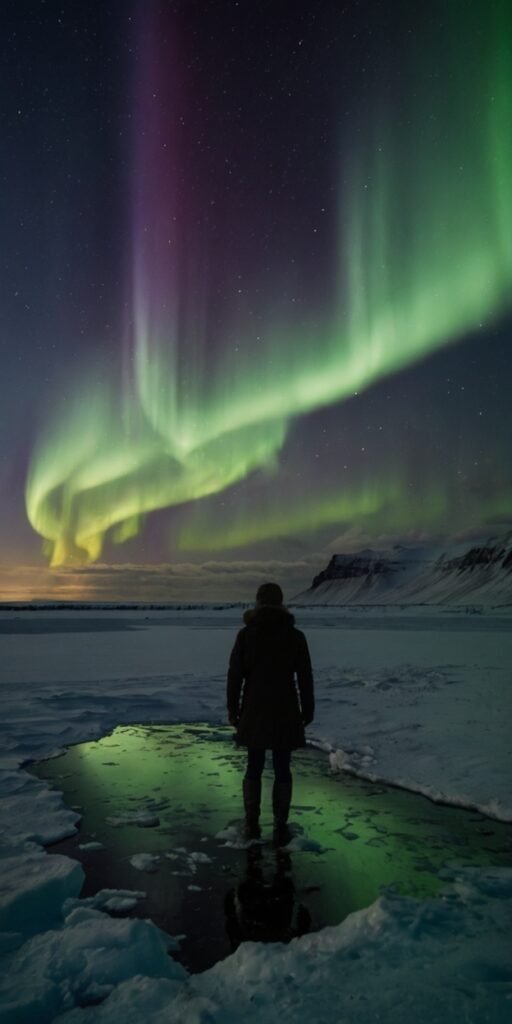

Tips for Planning Your Aurora Borealis Trip
Visiting Iceland to witness the spectacular aurora borealis is a once-in-a-lifetime experience that requires careful planning to maximize your chances of seeing this natural wonder. Firstly, the timing of your trip is essential; the best months to observe the aurora are from late September to early April when the nights are longest. During this period, choose dates based on moon phases and weather conditions, as a clear sky offers the best visibility.
When it comes to accommodations, consider staying in rural areas away from the light pollution of cities. Locations like the Golden Circle or the Snæfellsnes Peninsula are ideal for aurora viewings. Many hotels and guesthouses in these regions offer aurora wake-up calls to ensure you don’t miss the spectacle if it appears in the night sky. It is advisable to book your stay well in advance, particularly during peak seasons, to secure the best accommodations.








Regarding exploration, visitors have the option of embarking on guided tours or going solo. Guided tours can provide expert knowledge and transportation to prime aurora viewing spots. Additionally, these tours often come with amenities like warm beverages and specialized photography assistance. Conversely, for the adventurous, renting a car offers the freedom to chase the aurora independently. Remember to review driving conditions beforehand, as Icelandic weather can be unpredictable.
Essential gear is another critical aspect to consider. Dress warmly in layers, as temperatures can plummet at night. Items such as thermal clothing, insulated jackets, gloves, and hats are vital. A good camera with a tripod will help capture the mesmerizing colors of the aurora borealis. Finally, don’t forget snacks and drinks to keep your energy up while you await the dazzling display. These tips will ensure a fulfilling and memorable experience as you chase the northern lights in Iceland.








Conclusion
Witnessing the aurora borealis in its full glory is undoubtedly an experience that transcends the ordinary. This natural light display, characterized by its vibrant hues of green, purple, and red dancing across the night sky, captures the imagination and humbles the spirit. Each year, countless adventurers make their way to destinations like Iceland, seeking the perfect conditions to behold this magnificent spectacle. As one stands under the vast expanse of twinkling stars, with the shimmering colors swirling overhead, there is a profound connection to nature that is difficult to articulate.
The aurora borealis is not merely a visual feast; it evokes deep emotional responses, ranging from serenity to exhilaration. Many travelers describe the experience as transformative, often encouraging them to reflect on the beauty and mystery of our planet. This captivating phenomenon serves as a reminder of the wonders of the universe and the delicate balance of our natural world. It fosters a deep appreciation for the environment and compels individuals to consider their role in preserving such majestic sights for future generations.








For those contemplating their next adventure, witnessing the aurora borealis is an opportunity that should reside at the top of every travel bucket list. Whether you journey to Iceland, where the northern lights are a staple of winter tourism, or explore more remote locations, the thrill of seeing this remarkable cosmic dance is unparalleled. As we embrace the allure of the aurora, we not only celebrate its aesthetic beauty but also cultivate an understanding of the natural phenomena that inspire awe and fascination in us. This experience is a testament to the wonders that await those who seek them, urging adventurers to pursue the magic of the night sky.








RELATED POSTS
View all
